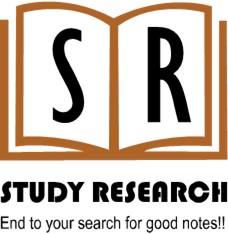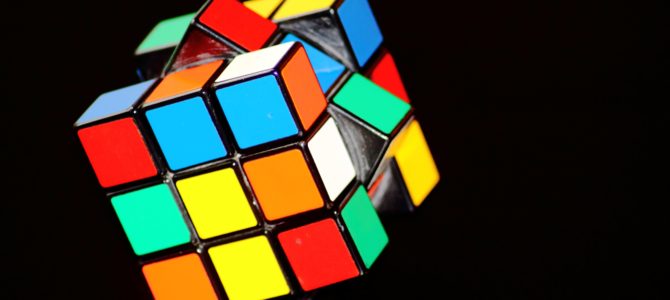Production System Example in Artificial Intelligence.
Love to Learn
Explain Production Systems in AI with examples.
Search forms the core of many processes To make the search algorithms work quickly and efficiently the AI programs or the problems must be structured accordingly. Production systems provide such structures, which helps the search procedure to perform efficiently. The process of solving the problem can be modeled as a production system. A production system consists of the following.
1) A set of Rules: Each rule is written in such a way that each has left hand side which shows the condition to be matched and the right-hand side which describes the operation to be performed if the condition matches.
2) Control Strategy: It provides the way and the order in which rules will be compared to the Knowledge database and it also describes the way of resolving the conflicts that may arise in case left-hand side of many rules match. All AI problems use knowledge to solve each task during problem solving and the solution process uses a control strategy to carry out the solution.
3) Knowledge DataBase: As discussed that one of the objectives of the developing control strategy is that it decides the way rules should be compared with the Knowledge database. Some parts of the data base may be permanent and others contain information related to a given problem. Success will add suitable patterns defining the current state of the problem being solved in a database. Further matching will be done with these patterns in the database. This leads to the fact that for both selection and matching, the solution process has to look for for patterns both in the database of deduced patterns and in domain-specific knowledge. Thus the core of any AI program is the search through the knowledge. This is one significant difference between a traditional procedural program and an AI program. Thus to make an AI program efficient, the two basic components, i.e. knowledge representation schemes and control strategy for search should be made most appropriate and efficient.
4) Rule Applier: Once the left side of the rule gets match at a particular state and the control strategy resolves the conflicts if there are, the rule is fired using rule applier.
The whole concept of the production rule can be explained through the following example.
Working of Production Rules
Let us consider that the Initial state of a problem to be BADCCB and Goal State is ABBCCD. The set of rules are as follows (notice they are written as Left-Hand side (IF) and Right Hand Side (Then Condition).
1) BA AB
2) DC CD
3) CB BC
4) DB BD
Starting from Initial State BADCCB, we can see that the rules 1,2,3 can be applied at this state to move on to next one. As BA can be changed in to AB, DC can be changed in to CD and CB can be changed in to BC. This conflict will be resolved by choosing a control strategy. Here “Apply First applicable rule” strategy has been chosen. Control Strategy also take care of the fact that whether the rule pointer will stay on the position after applying the rule or will it move to the first rule again.
| S.No. | State | Conflict of Rules | Rules Applied |
| 1 | BADCCB | 1,2,3 | 1 |
| 2 | ABDCCB | 2,3 | 2 |
| 3 | ABCDCB | 2,3 | 2 |
| 4 | ABCCDB | 4 | 4 |
| 5 | ABCCBD | 3 | 3 |
| 6 | ABCBCD | 3 | 3 |
| 7 | ABBCCD | GOAL STATE | HALT |
Table representing working of production rules.
Properties of Control Strategy:
- Control strategy should cause movement: The control strategy should be chosen in such a way that it should cause movement otherwise same stated will be repeated again and the search will be able to move ahead in space of a given problem. like in the above example as
- Control strategy should be systematic:

